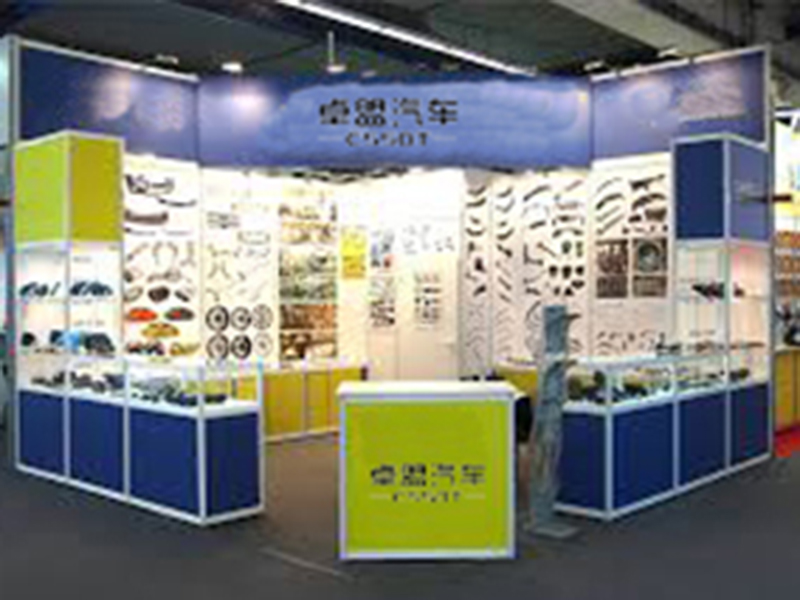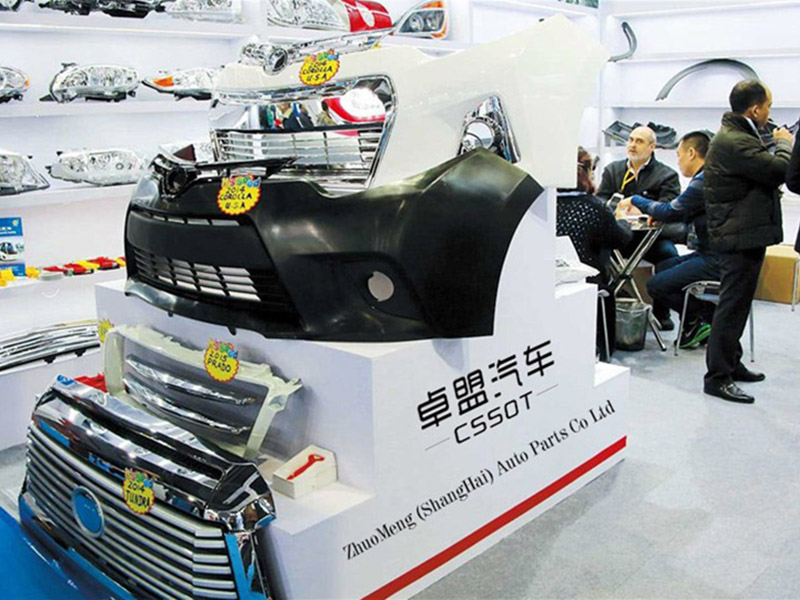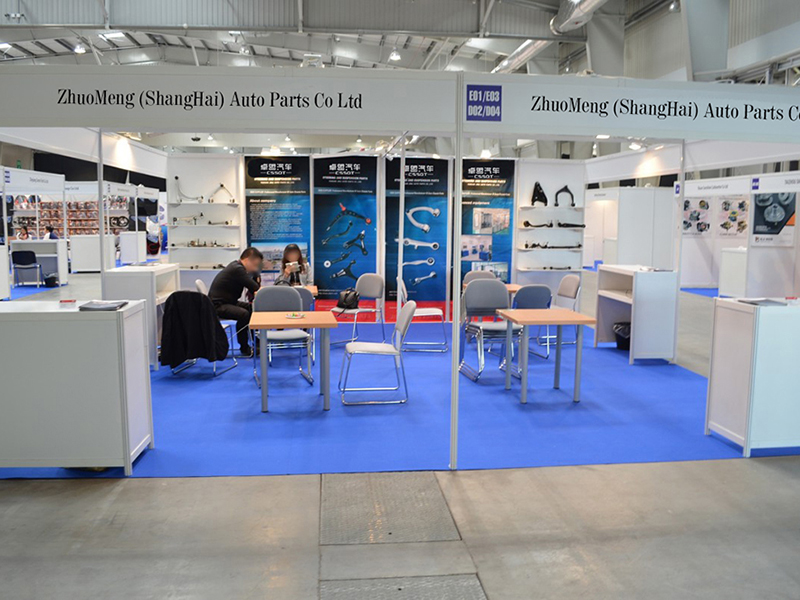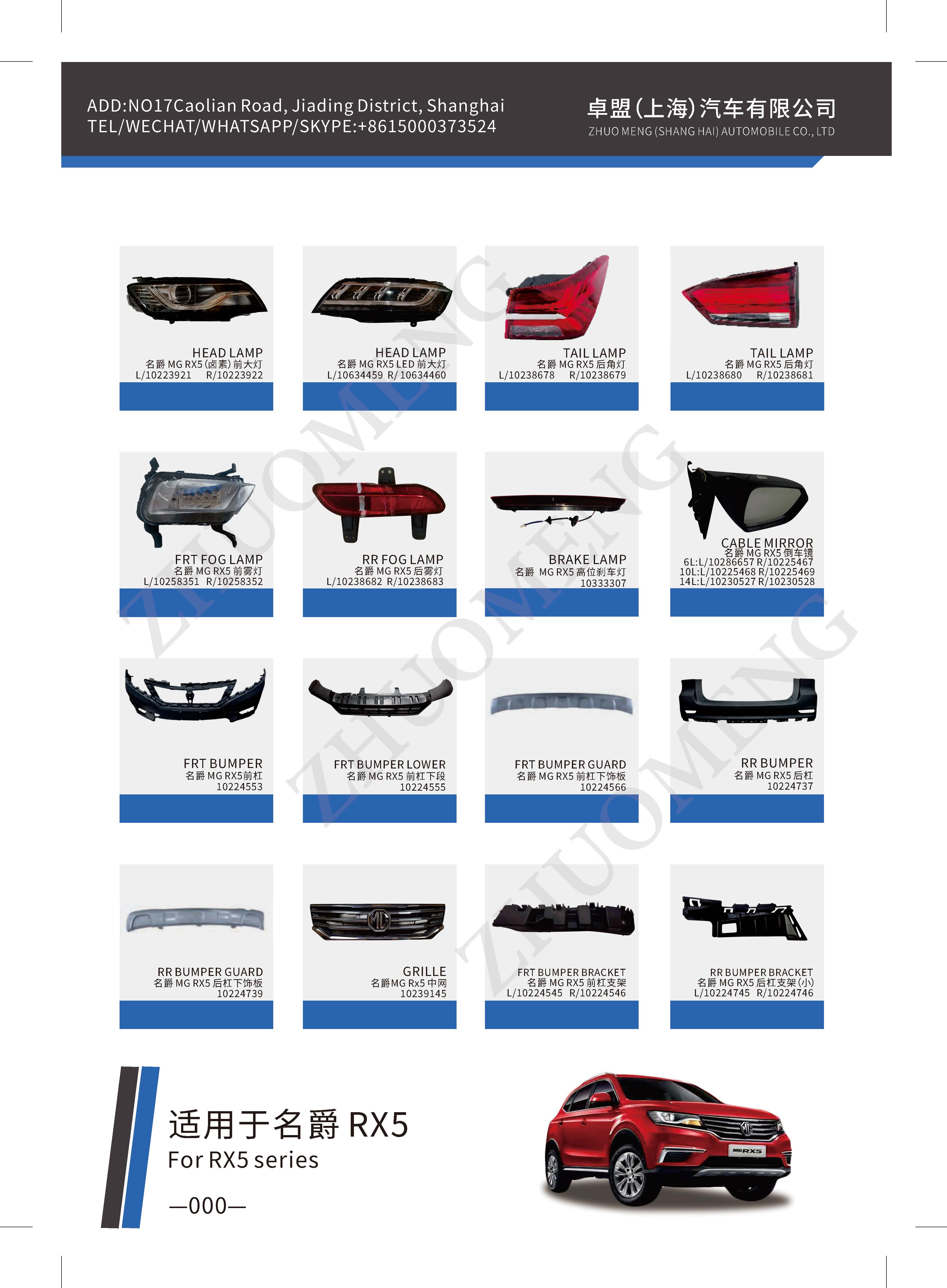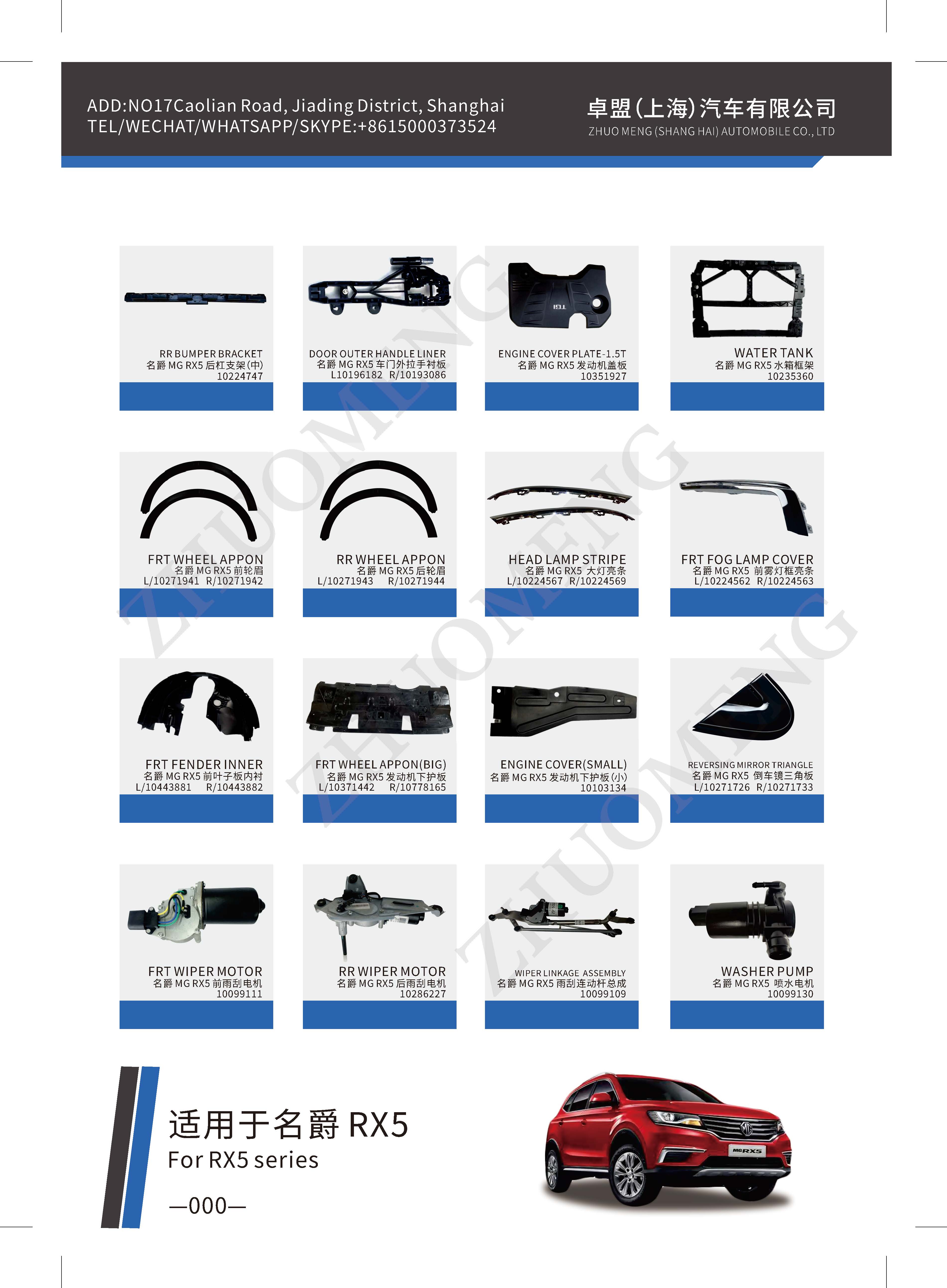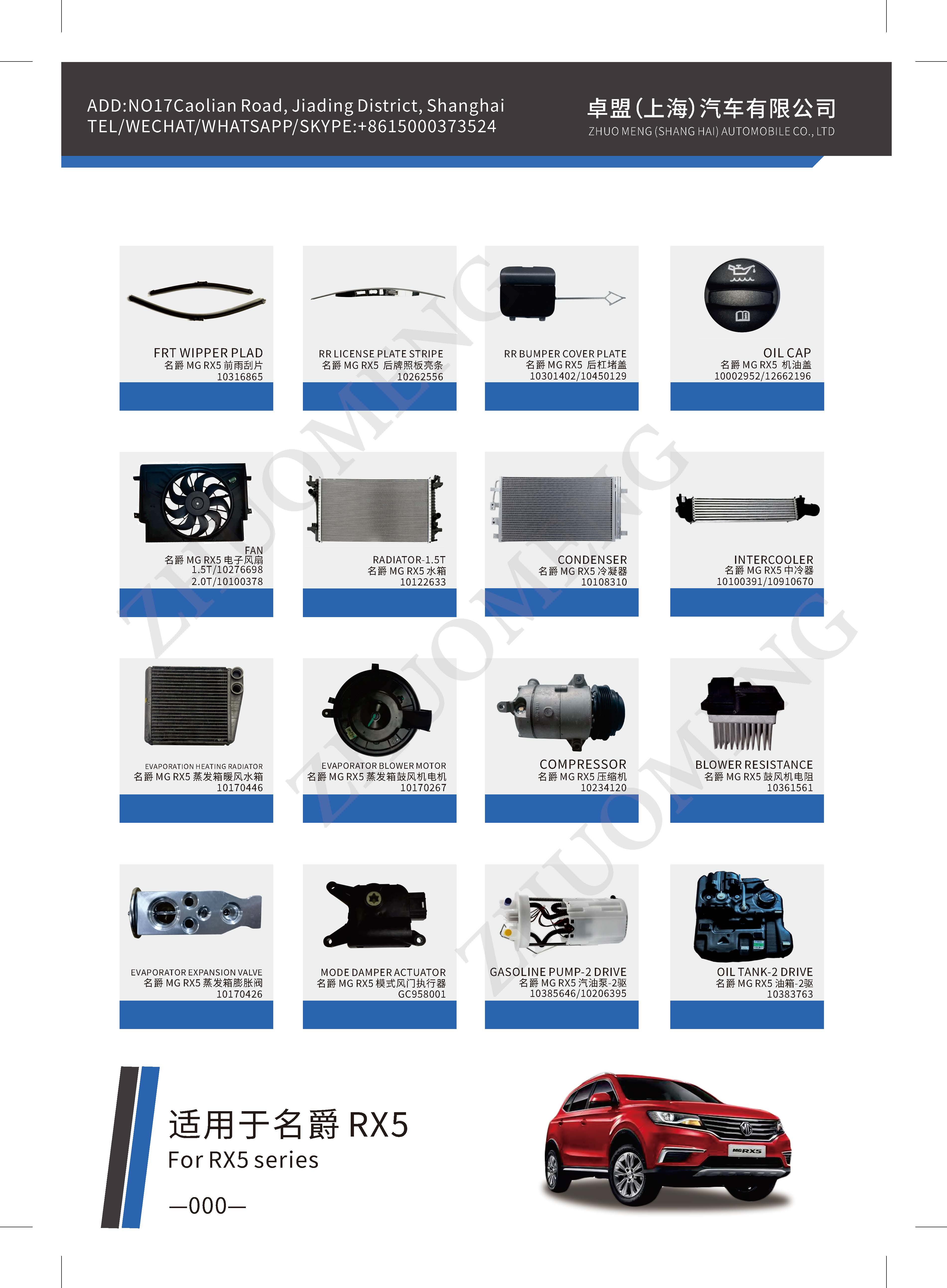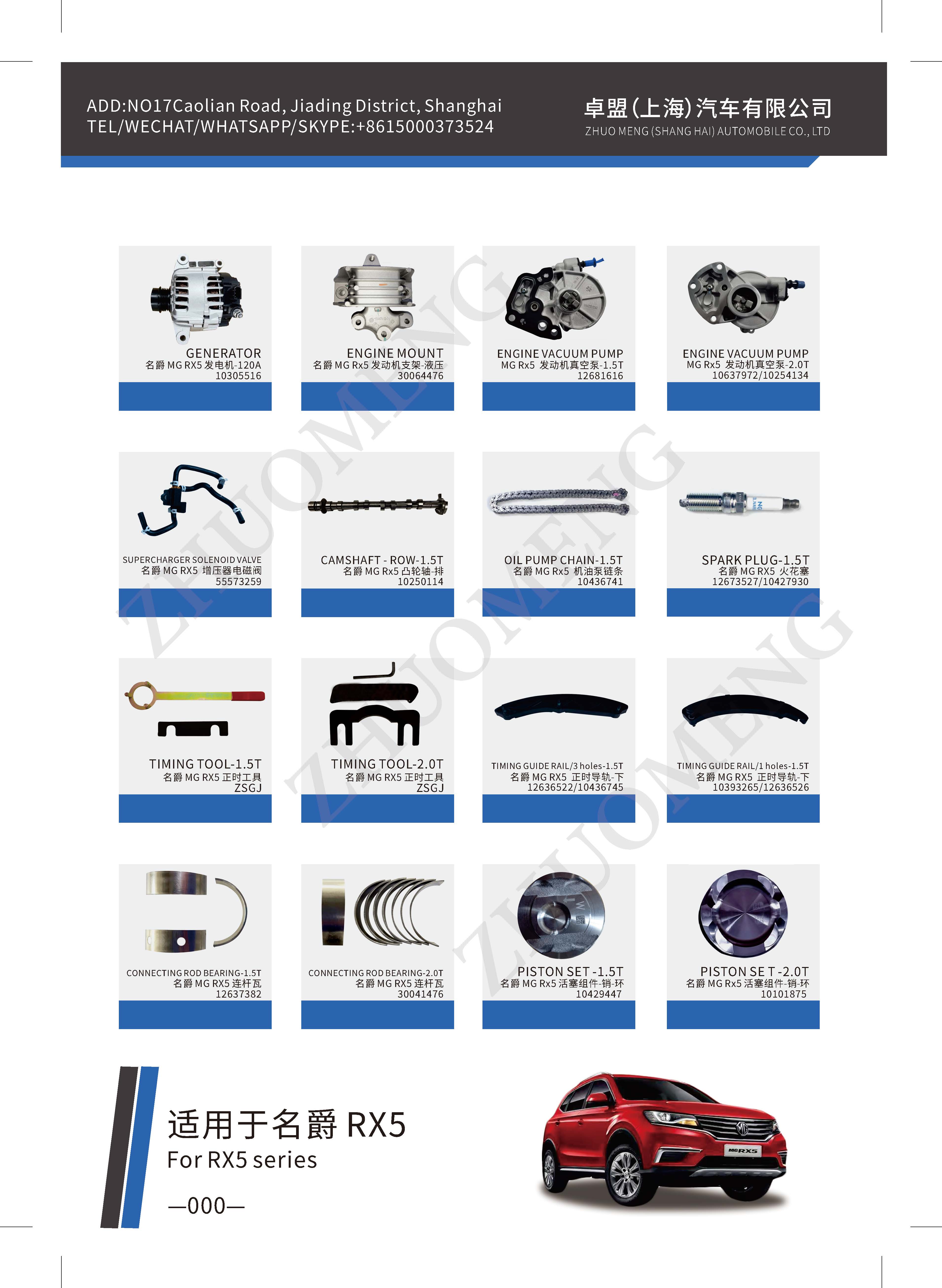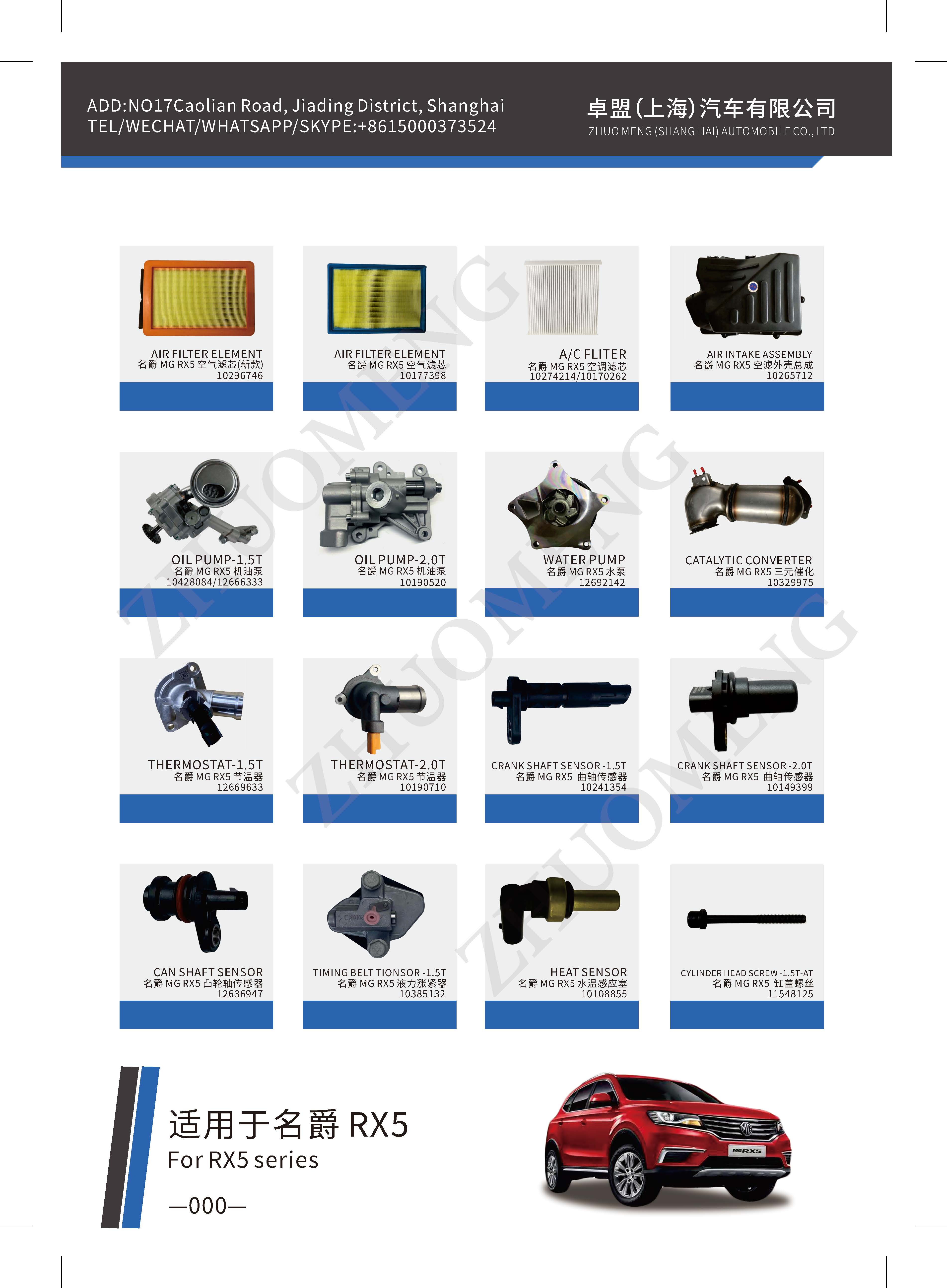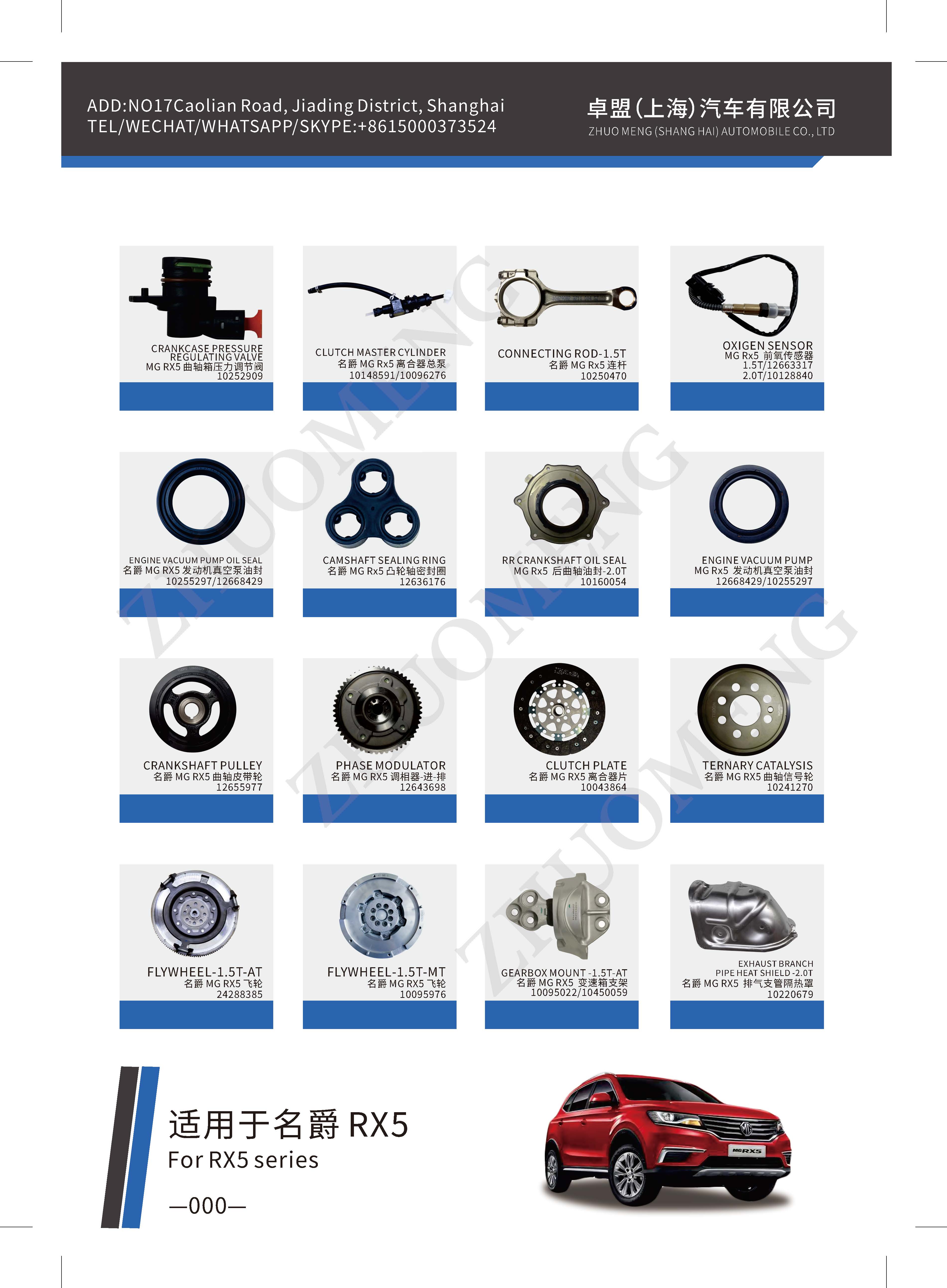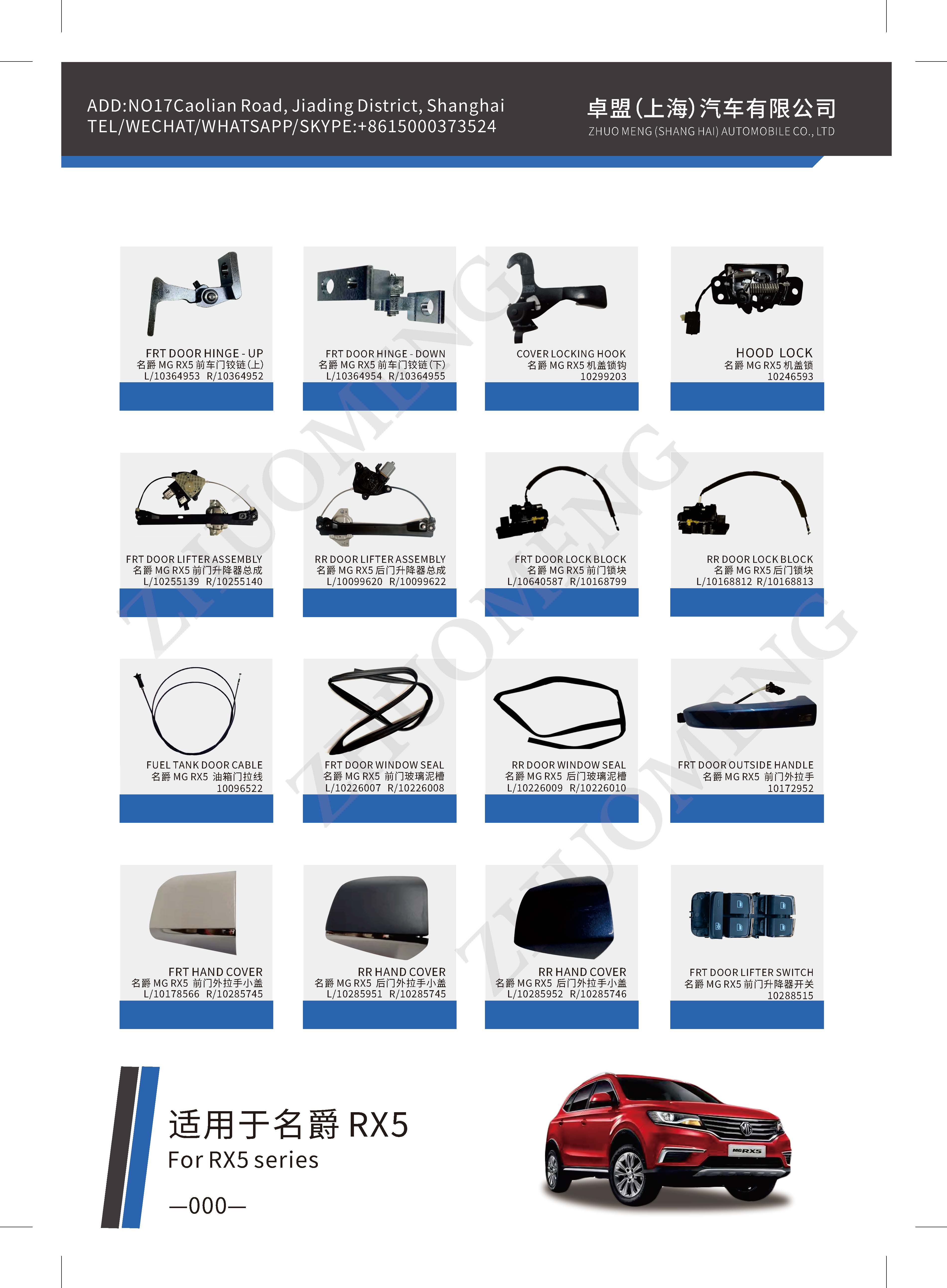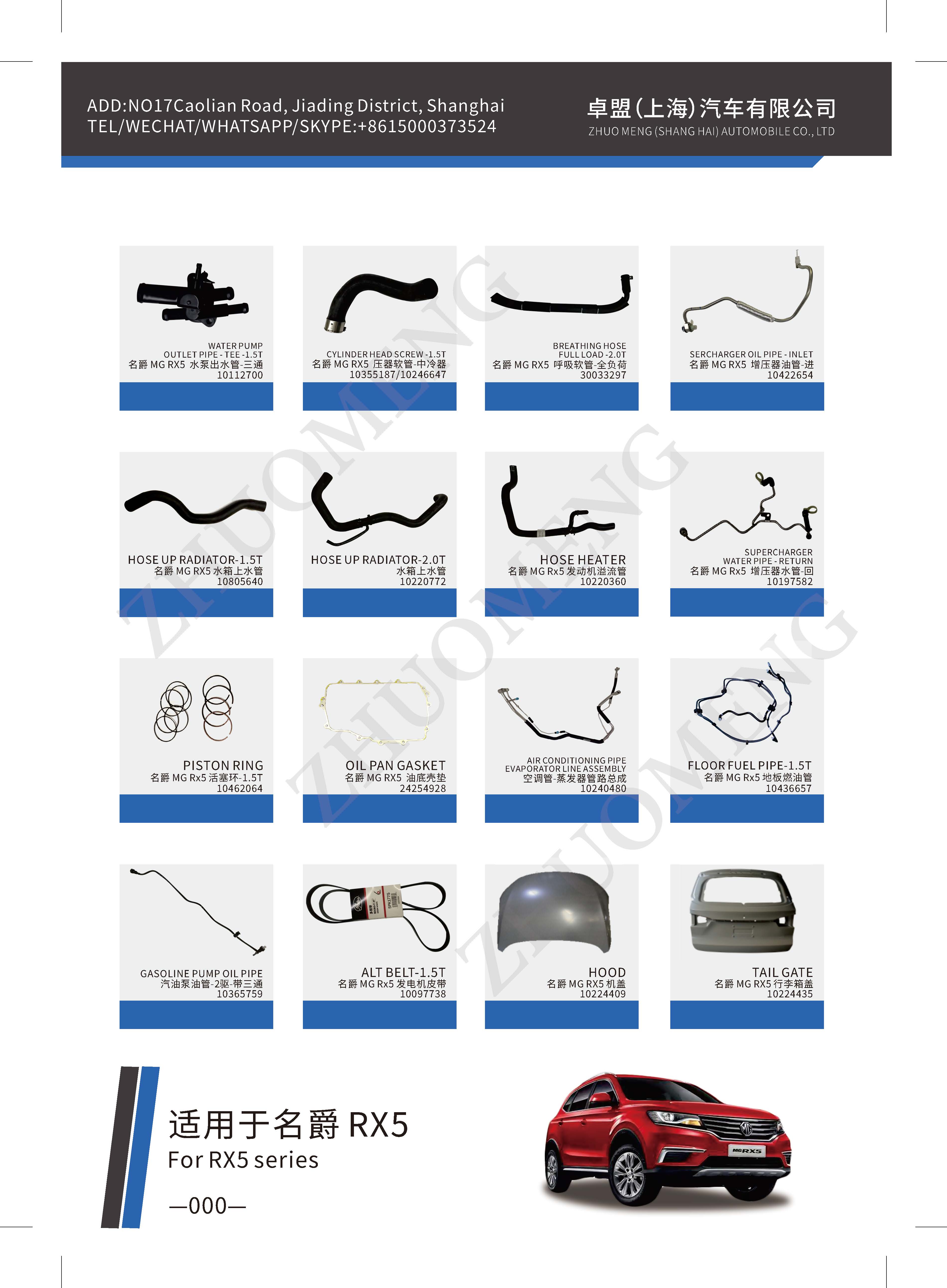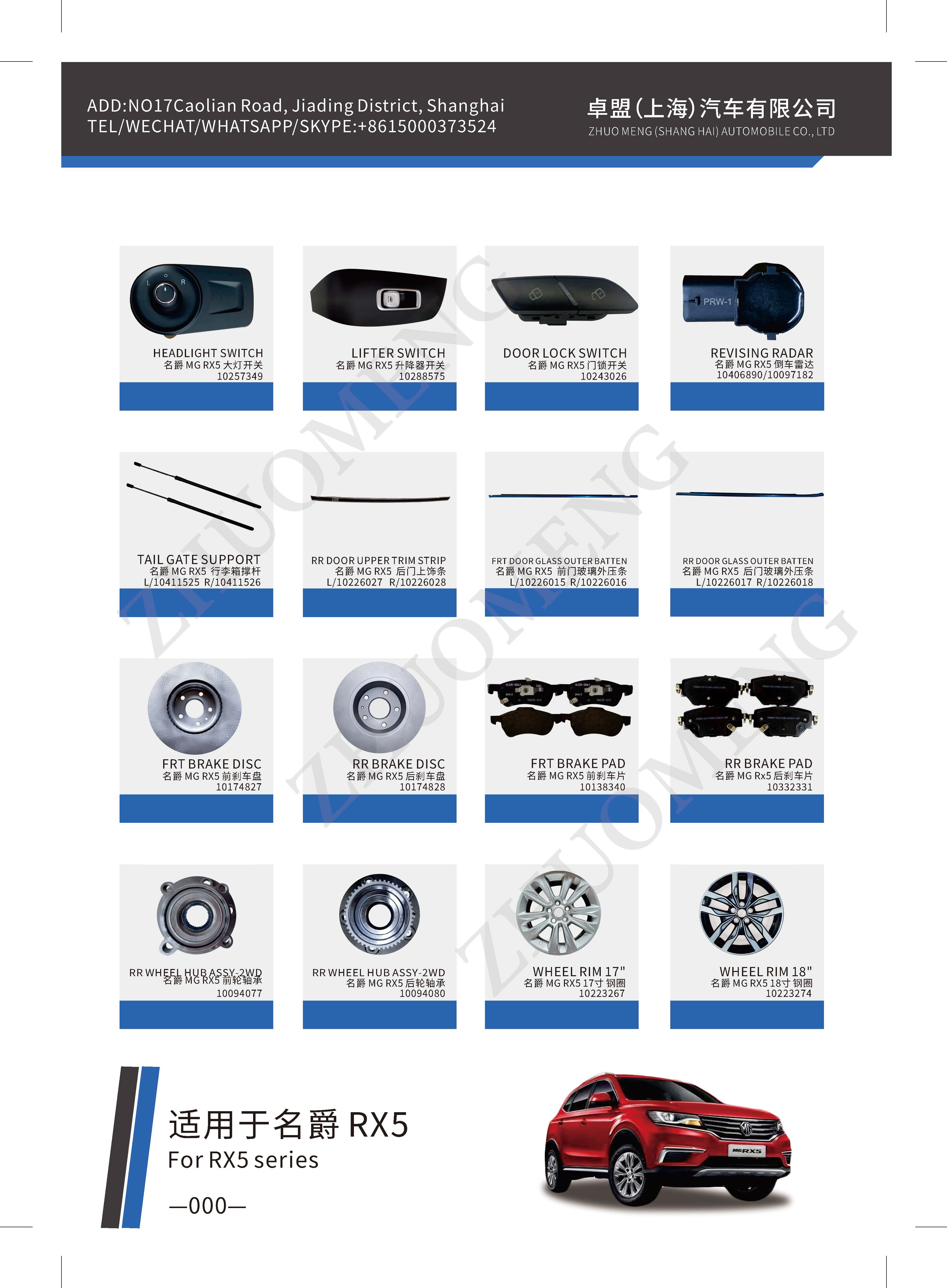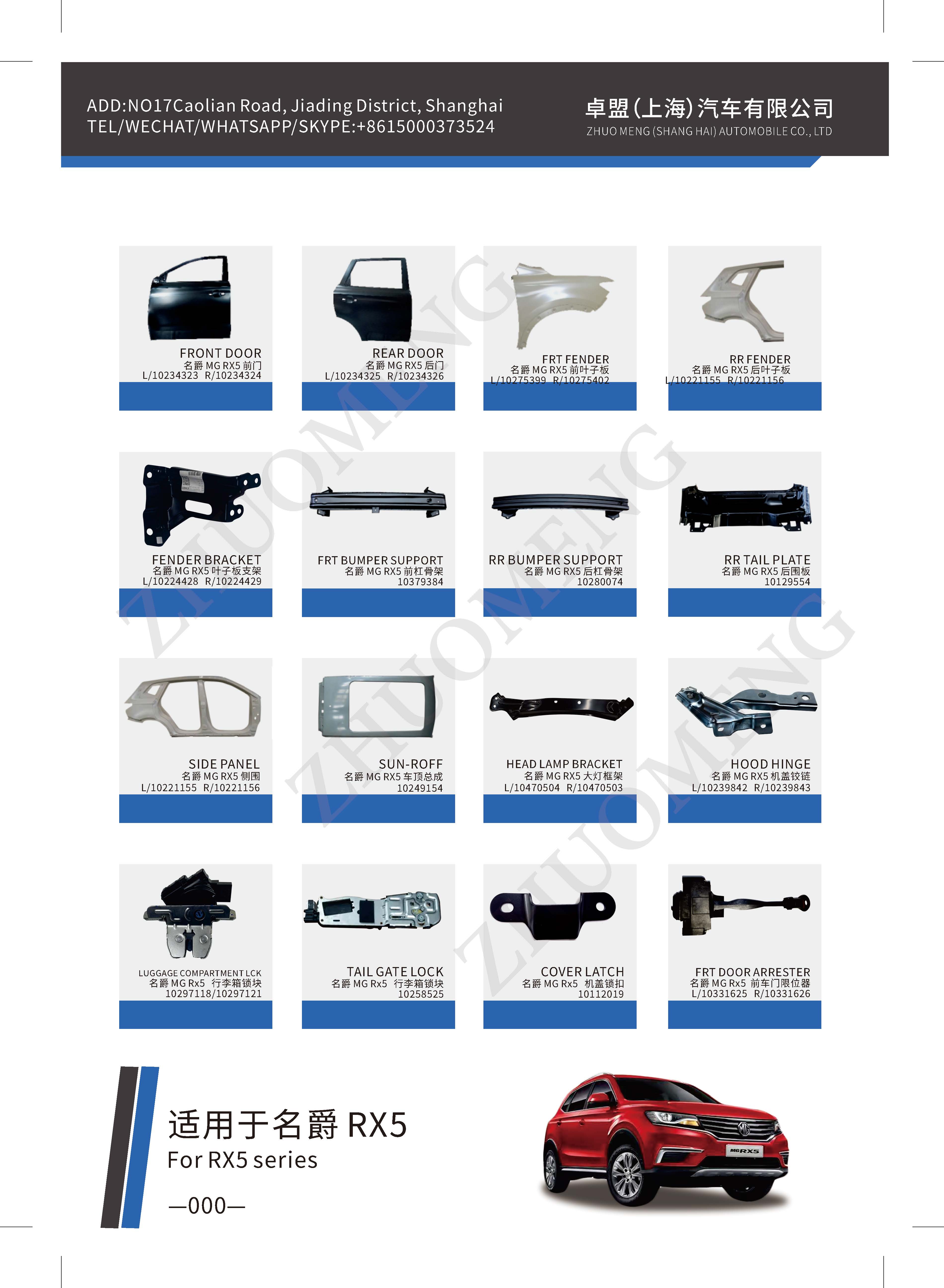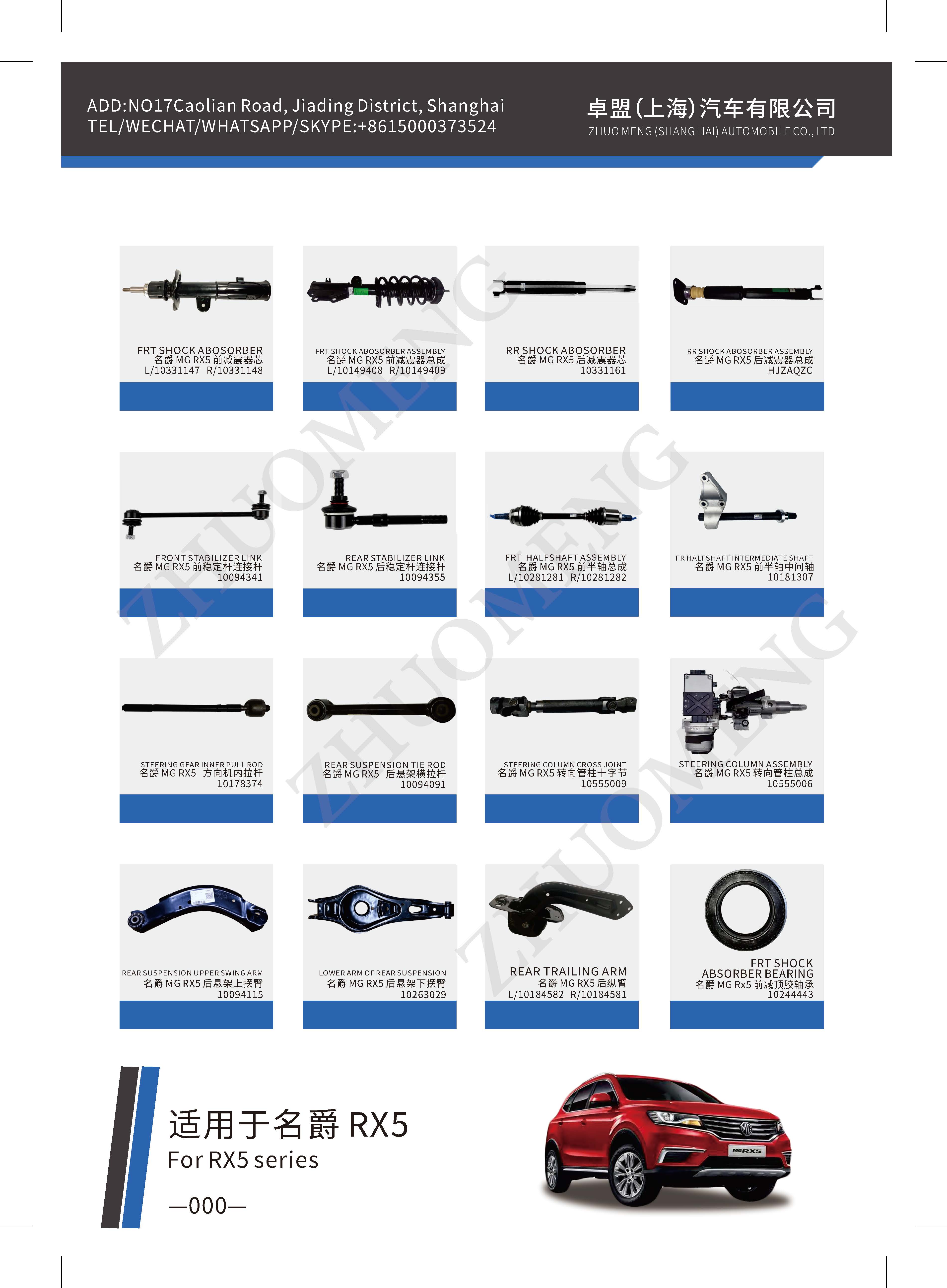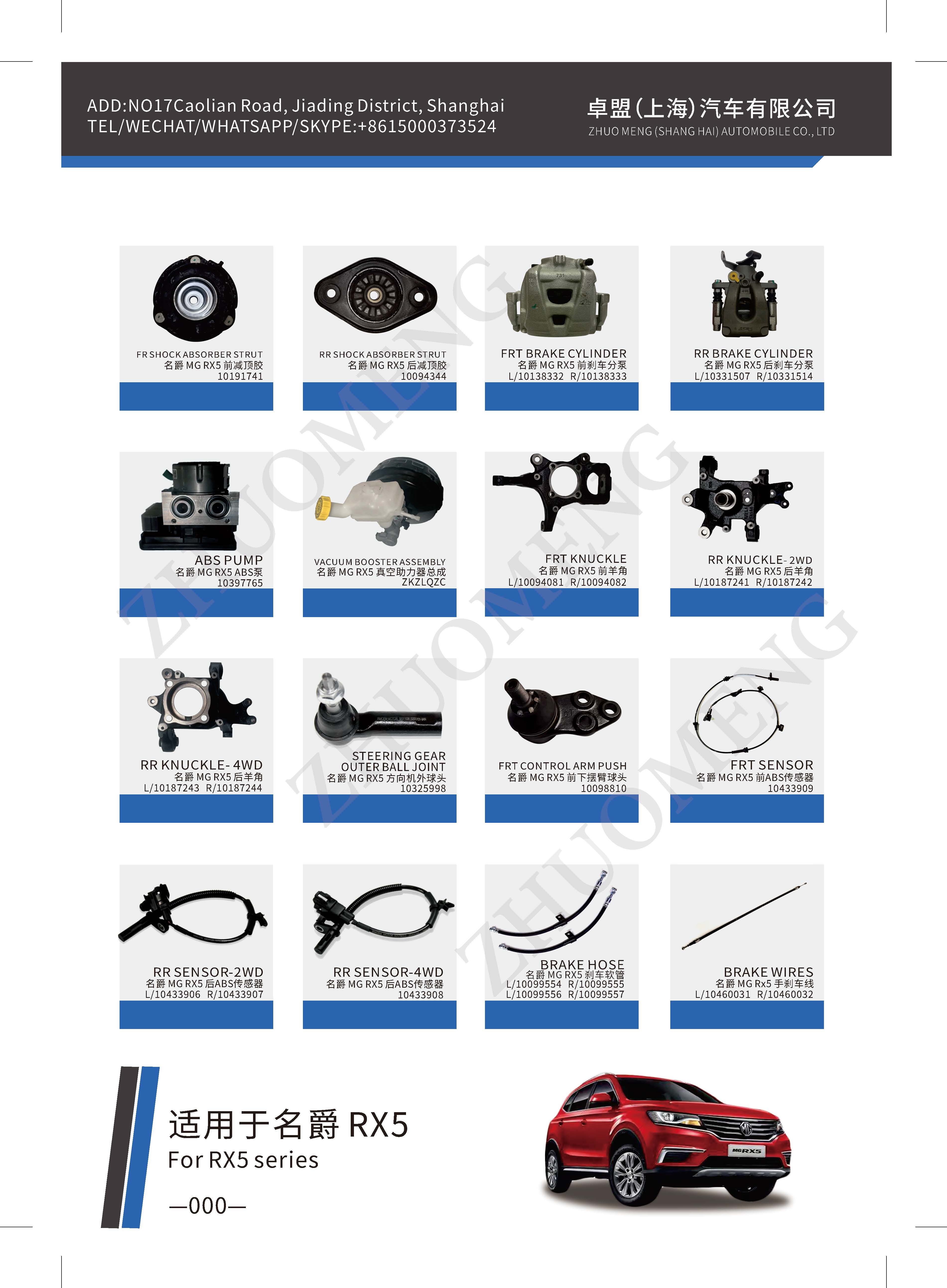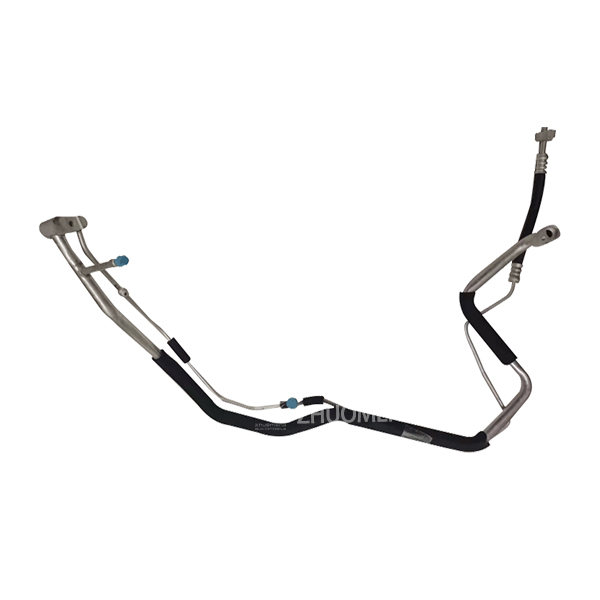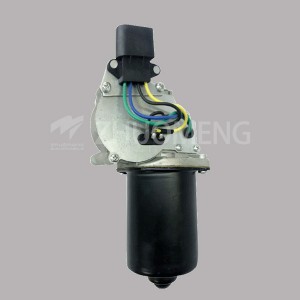Principle of automobile air conditioning evaporator
First, the type of evaporator
Evaporation is the physical process by which liquid is converted into gas. The vehicle air conditioning evaporator is contained inside the HVAC unit and promotes the vaporization of liquid refrigerant through a blower.
(1) Main structure types of evaporator: tubular type, tubular type, cascading type, parallel flow
(2) Characteristics of various types of evaporator
The vane evaporator is composed of aluminum or copper round tube covered with aluminum fins. The aluminum fins are in close contact with the round tube by tube expanding process
This kind of tubular vane evaporator has simple structure and convenient processing, but the heat transfer efficiency is relatively poor. Because of the convenience of production, low cost, so relatively low-end, old models are still used.
This kind of evaporator is welded by porous flat tube and serpentine cooling aluminum strip. The process is more complicated than that of the tubular type. Double-sided composite aluminum and porous flat tube materials are required.
The advantage is that the heat transfer efficiency is improved, but the disadvantage is that the thickness is large and the number of internal holes is large, which is easy to lead to the uneven flow of refrigerant in the internal holes and the increase of irreversible loss.
Cascade evaporator is the most widely used structure at present. It is composed of two aluminum plates which are washed into complex shapes and welded together to form a refrigerant channel. Between each two combination channels there are wavy fins for heat dissipation.
Advantages are high heat transfer efficiency, compact structure, but the most difficult processing, narrow channel, easy to block.
Parallel flow evaporator is a kind of evaporator commonly used now. It is developed on the basis of tube and belt evaporator structure. It is a compact heat exchanger composed of double row porous flat tube and louver fin.
The advantages are high heat transfer coefficient (compared with the tubular heat exchanger capacity increased by more than 30%), light weight, compact structure, less refrigerant charging amount, etc. The deficiency is that the gas-liquid two-phase refrigerant between each flat tube is difficult to achieve uniform distribution, which affects the heat transfer and temperature field distribution.
